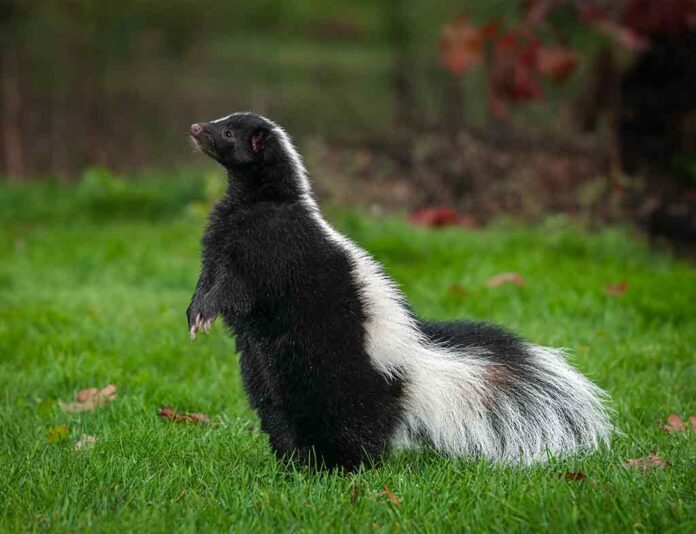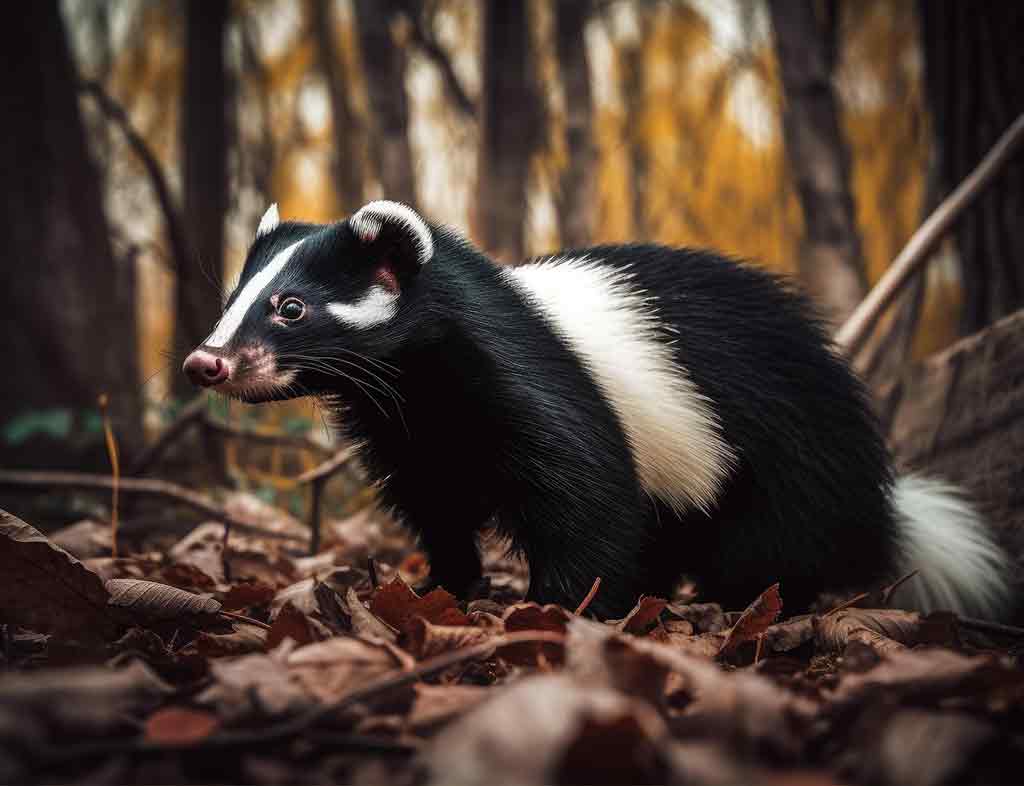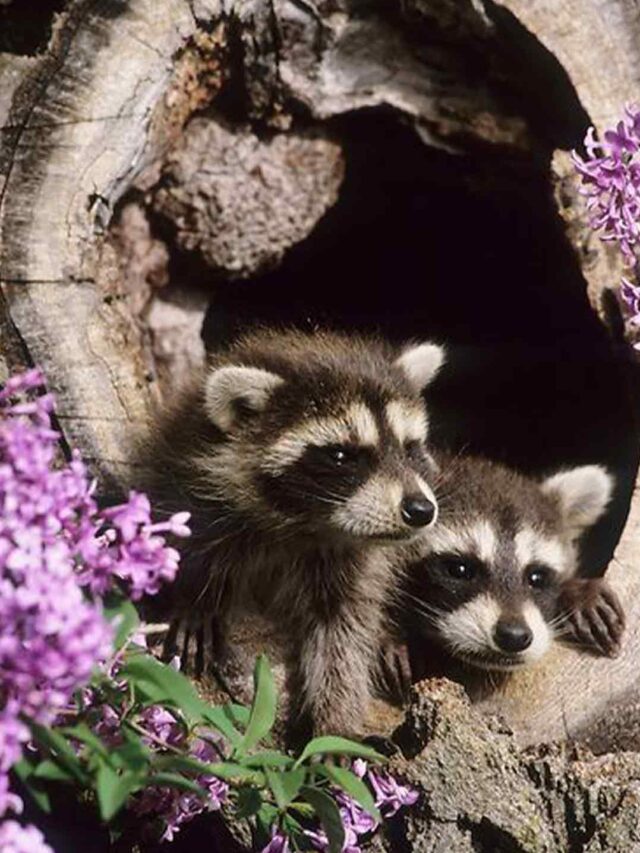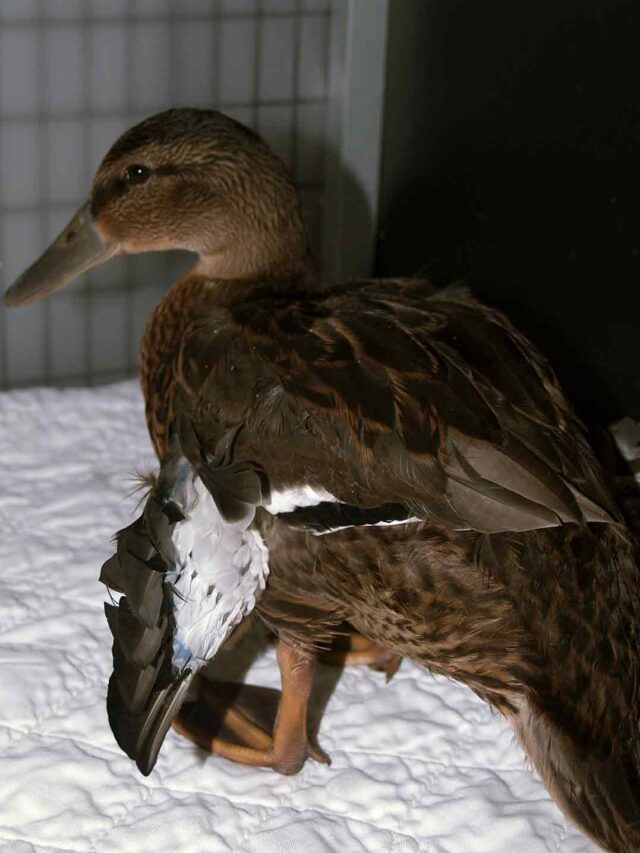
Skunks in the United States, with their distinctive black and white fur and potent odour, are intriguing creatures that inhabit various regions across the United States. In this detailed blog post, we’ll delve into the behaviour, habitat, and ecological significance of skunks in the United States, shedding light on these often misunderstood animals.
Table of Contents
Introduction to Skunks
Skunks are small mammals belonging to the family Mephitidae and are known for their unique defence mechanism of spraying a foul-smelling liquid when threatened. While there are several species of skunks worldwide, the most common ones found in the United States include the striped skunk (Mephitis mephitis) and the Eastern spotted skunk (Spilogale putorius). Despite their malodorous reputation, skunks play a crucial role in the ecosystem as predators and scavengers.
Behaviour and Habitat
Repel Skunks are primarily nocturnal animals, meaning they are most active during the night. They are omnivores, feeding on a diverse diet that includes insects, small mammals, fruits, and plants. Skunks are adaptable creatures and can thrive in various habitats, including forests, grasslands, suburban areas, and even urban environments. They often make their dens in burrows or hollowed-out logs, seeking shelter during the day and emerging at dusk to forage for food.
Species of Skunks in the United States
In the United States, two main species of skunks have commonly encountered: the striped skunk and the Eastern spotted skunk. The striped skunk is recognizable by its black fur with white stripes running down its back, while the Eastern spotted skunk has a more spotted or mottled appearance. Each species has its own unique behaviours and habitat preferences, but both are equally adept at utilizing human-altered environments for food and shelter.
Diet and Predatory Behavior
White Skunks in the United States are opportunistic feeders and will consume a wide variety of food items depending on availability. Their diet includes insects such as beetles and grasshoppers, small mammals like mice and voles, fruits, berries, and carrion. Skunks are also known to raid bird nests for eggs and occasionally prey on poultry or other small livestock. Despite their reputation as scavengers, skunks play an important role in controlling insect populations and helping to maintain ecological balance.
Reproduction and Life Cycle
white Skunks typically breed in late winter or early spring, with females giving birth to a litter of 4-8 kits after a gestation period of around 60-70 days. The kits are born blind and helpless, relying on their mother for warmth and nourishment. They gradually develop their signature black-and-white fur pattern as they grow and learn to forage for food alongside their mother. Young skunks usually leave the den and become independent at around 2-3 months of age.
Role in Ecosystem
Rabid Skunks play a crucial role in the ecosystem as both predators and scavengers. They help control insect populations by feeding on pests such as beetles, grasshoppers, and larvae, thereby contributing to pest management in agricultural and urban areas. Additionally, skunks are important scavengers, helping clean up carrion and recycle nutrients into the environment. Their presence in natural habitats helps maintain ecological balance and supports overall biodiversity.
Encounters with Humans: Dealing with Skunk Odor
One of the most well-known characteristics of Skunks in the United States is their ability to spray a pungent liquid as a defence mechanism when threatened. If you or your pet are unfortunate enough to be sprayed by a skunk, there are several home remedies and commercial products available to help neutralize the odour. These include tomato juice baths, hydrogen peroxide and baking soda solutions, and specialized skunk odour removal products. Additionally, taking preventive measures such as securing garbage cans and eliminating potential food sources can help reduce the likelihood of skunk encounters around your home.
Conservation Efforts of Skunks in the United States
Despite their sometimes unwelcome presence in human-inhabited areas, Albino skunks are an important part of the natural ecosystem and deserve protection and conservation efforts. Habitat loss, vehicle collisions, and trapping for fur are some of the main threats facing skunk populations in the United States. By promoting habitat preservation, implementing humane wildlife management practices, and educating the public about skunks’ ecological importance, we can ensure the continued survival of these fascinating creatures.
Myths and Misconceptions
Lavender Skunks have long been the subject of myths and misconceptions, often portrayed as aggressive or dangerous animals. In reality, skunks are shy and non-aggressive creatures that prefer to avoid confrontations with humans and other animals. Their defensive behaviour, while effective, is typically a last resort when threatened or cornered. By understanding skunks’ behaviour and ecology, we can dispel common myths and foster an appreciation for these unique mammals.

Exploring 10 Wild Bird Sanctuaries in the United States
Skunks
Frequently Asked Questions about Skunks
-
Are skunks dangerous to humans?
- Skunks are generally not aggressive towards humans unless provoked or threatened. However, they can spray a foul-smelling liquid as a defence mechanism if they feel threatened.
-
What should I do if I encounter a skunk in my yard?
- If you encounter a skunk in your yard, remain calm and give the skunk space to retreat. Avoid sudden movements or loud noises that may startle the skunk and cause it to spray.
-
How can I prevent skunks from entering my property?
- To prevent skunks from entering your property, secure garbage cans, eliminate potential food sources such as pet food left outdoors and seal off any openings or gaps around your home where skunks may seek shelter.
-
Do skunks carry diseases?
- Skunks can carry diseases such as rabies, although transmission to humans is rare. It’s important to avoid contact with skunks and seek medical attention if bitten or scratched by a skunk or any other wild animal.
-
What should I do if my pet gets sprayed by a skunk?
- If your pet gets sprayed by a skunk, wash them thoroughly with a skunk odour removal solution or a mixture of hydrogen peroxide, baking soda, and dish soap. Avoid getting the solution in your pet’s eyes or mouth and seek veterinary advice if necessary.












